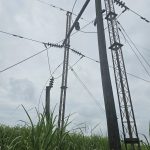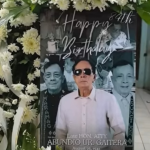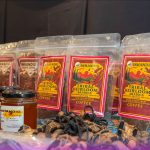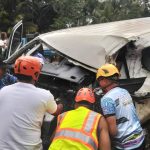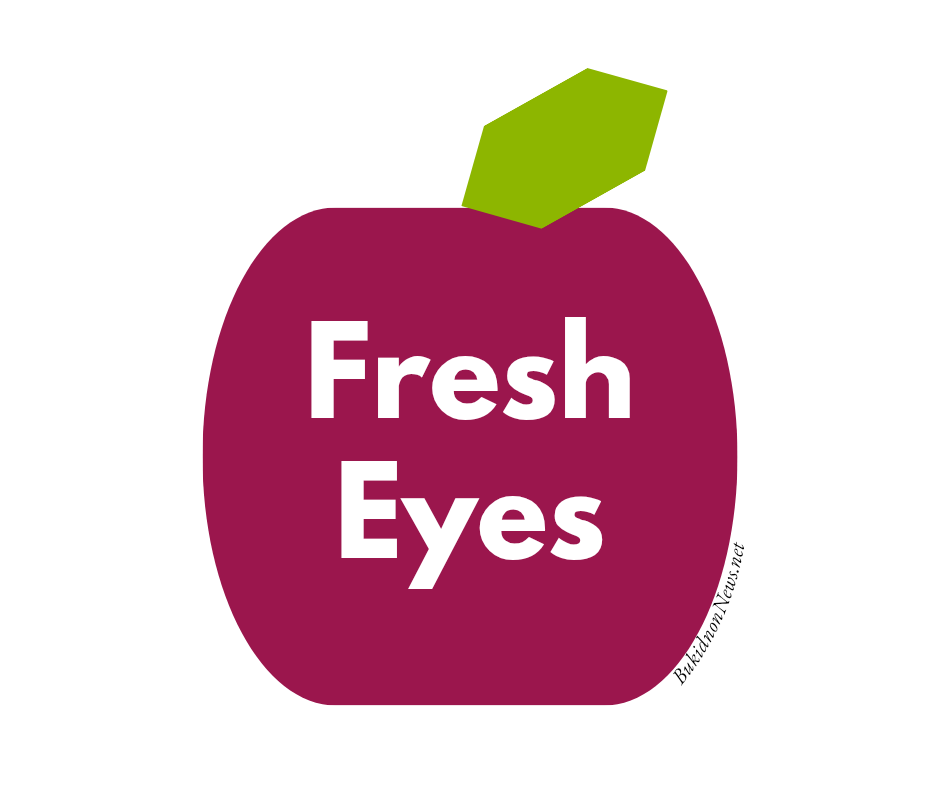Bukidnon State University recently established the Kalandang Taw Center for Peace Studies, a research center for peace-building. One of its latest interns was Johana H. Sawayan who is studying Philosophy in the university. In this opinion piece, she shares her experience in facilitating the Tagtigusan, a writing program for the university’s tri-people youth.
Preserving traditions is not only about remembering the past but also about making them relevant in the present.
Every story is a conversation with the future, holding the essence of our culture and traditions.
These were just some of my thoughts while organizing and facilitating Tagtigusan, a training program in Community Documentation and Reporting for select tri-people writers in the university.
Entering as a Philosophy intern
On February 10, 2025, I arrived at the Kalandang Taw Center for Peace Studies as an intern from the Philosophy Department. The center’s head, Prof. Walter Balane, is also the weekend editor of Bukidnon News and is in the midst of planning the Tagtigusan initiative.
Young writers from the three communities—indigenous peoples, Moros/Muslims, and the Christian settlers—were targeted to share stories rooted in their cultural experiences.
More than just a writing platform, Tagtigusan is a training ground of future writers documenting the struggles, traditions, and realities of their communities. These stories are not fiction but real-life challenges and triumphs to be passed down through generations as sources of insights and solutions to societal issues.
Engaging with the Tagtigusan writers and mentors, I saw how storytelling was more than a creative exercise. It is an act of cultural preservation where writers document their communities, attempting to address pressing issues, using their intellect and the power of the written word.
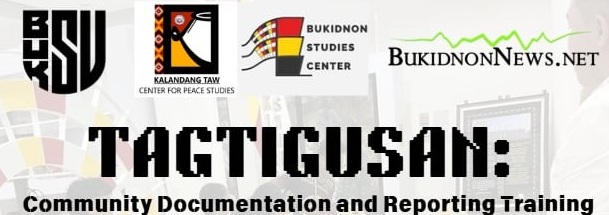
A bridge between generations
One of the participants from the Higaonon tribe, Ray John C. Molion, told me: “The cultural knowledge we have today was told to us by our elders through storytelling. This is why…[it] is crucial in preserving our identity.”
Storytelling serves as a bridge between generations, ensuring that the voices of Indigenous communities are not lost in the face of modernization.
Platforms like BukidnonNews.net play a vital role in amplifying these voices. The media can be an archive of cultural heritage, where stories can bridge inter-generational knowledge gaps.
In Tagtigusan, I saw how powerful stories could be when given the right platform.
The young writers narratives show deep-rooted connections to their indigenous identity. Some wrote about traditions passed down from their elders, while others tackled community struggles.
Molion, for one, stressed the importance of preserving the Higaonon ethnic attire Sinabaang. (Read Molion’s Tagtigusan story here)
For him, every thread and color in the Sinabaang carries the identity and heritage of their people. “It is important for the present generation to know our culture because this is the only way we can pass it on,” he said.
One challenge he faced is “arranging the statements from the elders, particularly from the Datu.”
“I have to be careful not to add or eliminate anything important,” he said, highlighting the writer’s responsibility for accuracy. A writer had to ensure that the stories remain true to their origins while still being accessible to modern audiences.
Storytelling as a movement
Participating in Tagtigusan made me see storytelling as a movement, a testament to the power of stories in shaping identity, preserving culture, and connecting generations. I came in as an intern from the Philosophy Department, but I left deeply moved by the realization that storytelling is one of the strongest forms of cultural preservation.
This also reshaped my understanding of traditions. As a Philosophy student, I viewed postmodernism as a natural progression, questioning modernism in the pursuit of change. Now, I see that traditions are not meant to be discarded, they are what keeps us connected to our roots.
As modernization advances, will we allow our cultural heritage to fade, or will we continue to tell our stories and keep our heritage stories alive? The past is never truly gone; it lives on in the words we write, the stories we tell, and the identities we assert.
Johana Sawayan, a Higaonon, is studying BA Philosophy in Bukidnon State University. She has been assigned to the Kalandang Taw Center for Peace Studies as an intern, serving as staff for the Tagtigusan Community Documentation and Reporting Training for Youth from the Tri-people Communities of Bukidnon. Tagtigusan is an initiative of the Kalandang Taw Center and BukSu’s Bukidnon Studies Center in partnership with BukidnonNews.Net.
FRESH EYES is the BukidnonNews.net opinion column dedicated to the views of the youth. If you are younger than 30 and wish to contribute, email your essays, contact details, and bio-sketch to editor.bukidnonnews@gmail.com.
